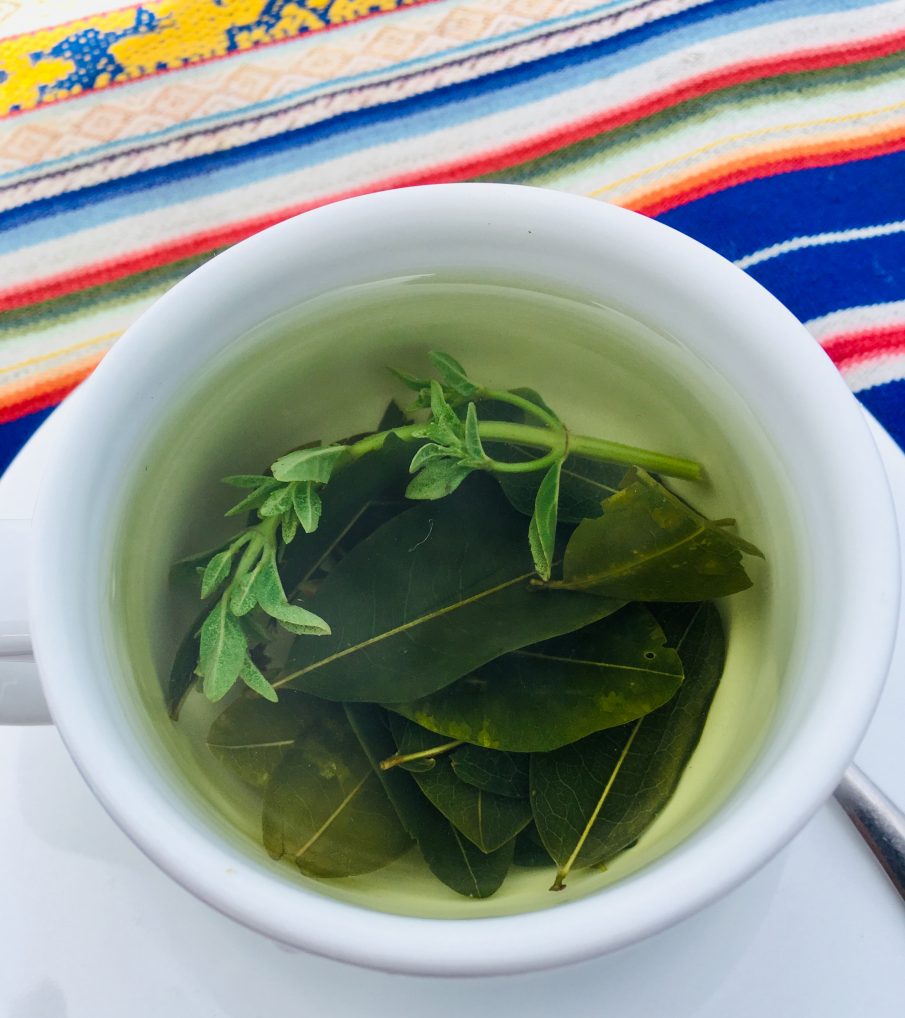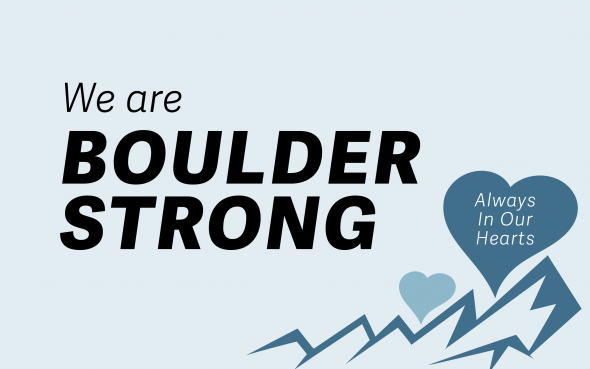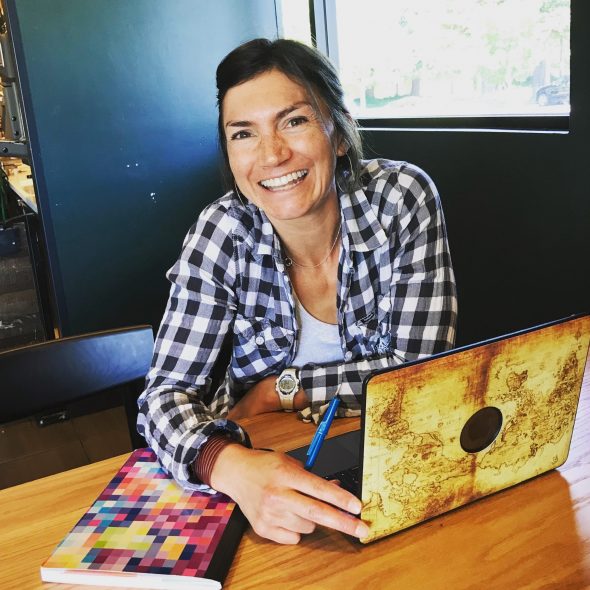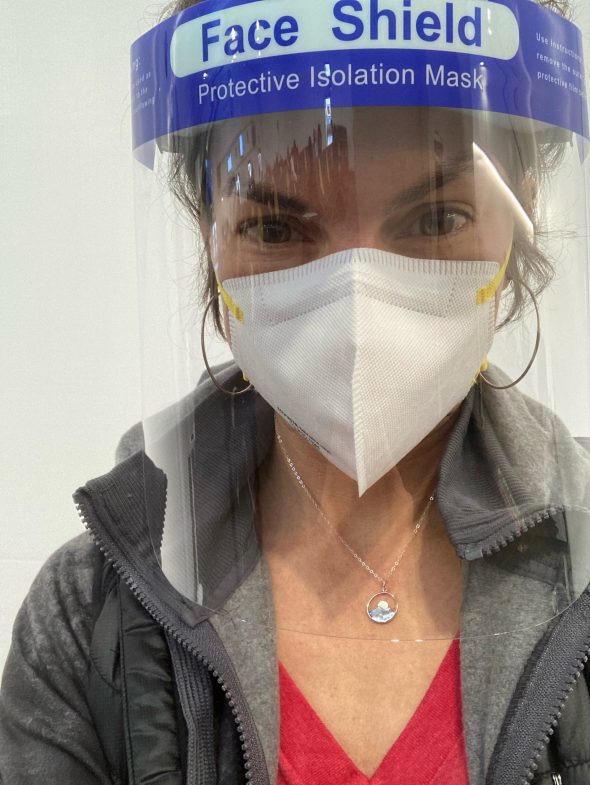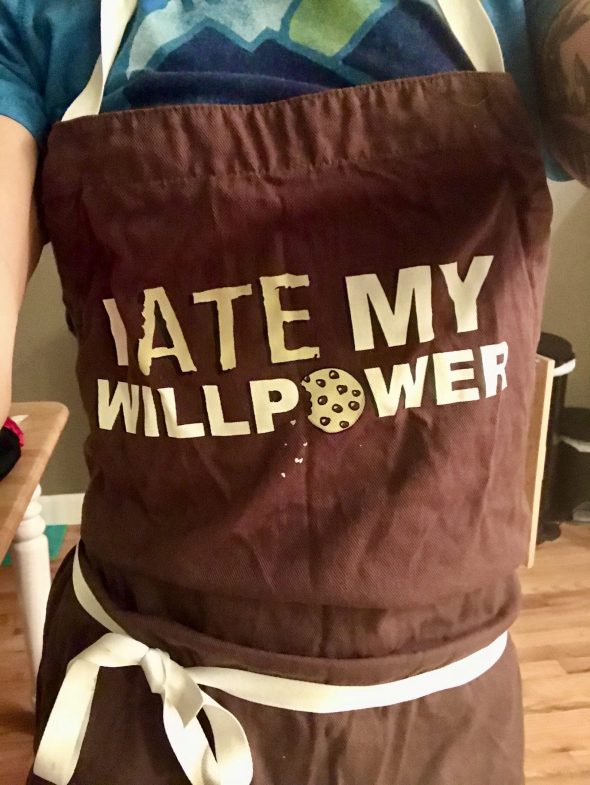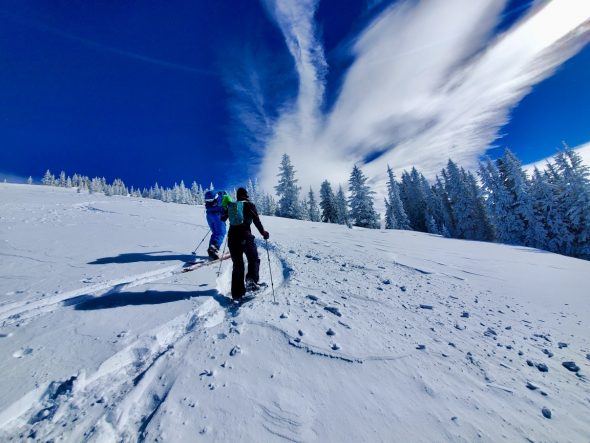After the Salar de Uyni and other mountain landscapes tour, Carrie & I flew back to La Paz, hopped on a bus for 4 hours and rode to Lake Titicaca. You can visit this enormous high altitude lake (over 14,000 feet) from the Bolivia side or the Peru side, but I had heard it was more picturesque from where we were. The tourist town is Copacabana, kind of cute and interesting though not really that impressive for much more than some good lodging and hotels. But the lake and the natural setting was what we were there for, plus a little down-time following the early mornings and full days of experiencing the Salar.
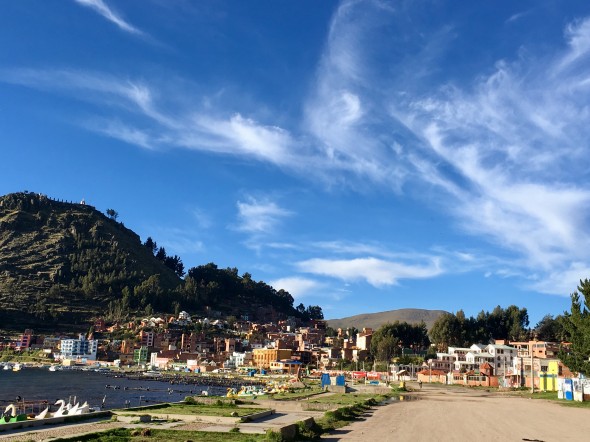
Our first hotel (Hotel Onkel) had two pet llamas, and huge windows with beachfront views of the lake. Don’t get me wrong, nothing was real fancy, but this place took advantage of it’s best asset- the lake. The next day we had to switch to a different hotel, as this one was booked with a group. Our second place (Hotel Rosario) was nicer, really- more comfortable- and offered the best breakfast I’ve had yet in Bolivia: many fresh continental choices plus made-to-order eggs with veggies, and real coffee. REAL, not instant! Carrie and I both exclaimed how surprised we’ve been to find very little brewed coffee in many of the South American countries who grow really good coffee. I did learn during a couple coffee farm tours I took in Colombia that most of the excellent coffee is exported because of the income (and national honor) that is gained. Most of the lower-priced coffee that remains in the country is not of the best quality, much of it is made into instant coffee, and many nationals are not huge coffee fans! Que lastima, digo yo! (What a shame, I say!)
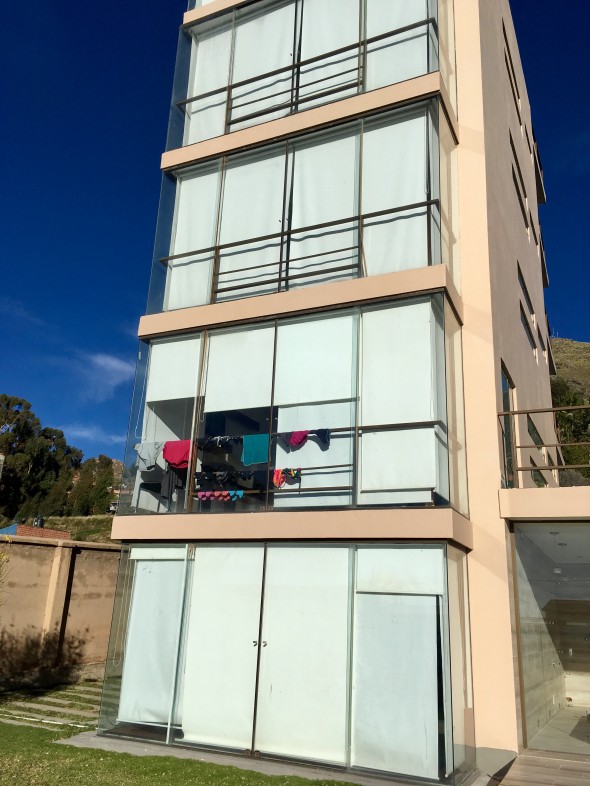
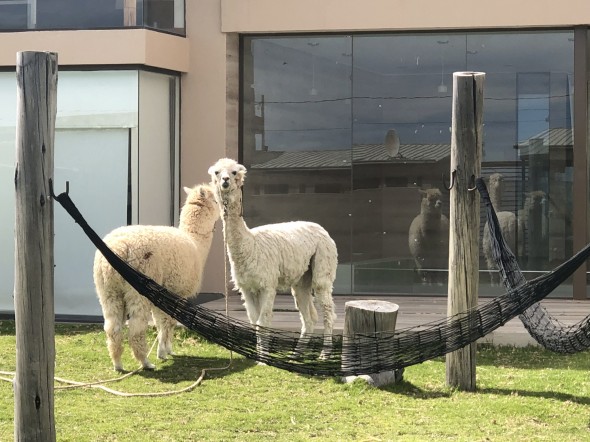
After a lot of that good brewed coffee, we set out a on a small “public transportation” boat that took us to la Isla del Sol (the Island of the Sun). My housemate from Colombia, Stephanie, had highly recommended making this 2-ish hour voyage and staying on the island for at least one night. Cost of the boat trip was about $3.50 (but only sold in the local currency of Bolivianos).
The prices in Boliva are quite affordable (particularly if you’re exchanging dollars for Bolivian pesos, and even my Colombia pesos exchanged decently). We booked two nights in a small lodge with only three rooms; it had been constructed just 5 months before and therefore felt really fresh and clean.
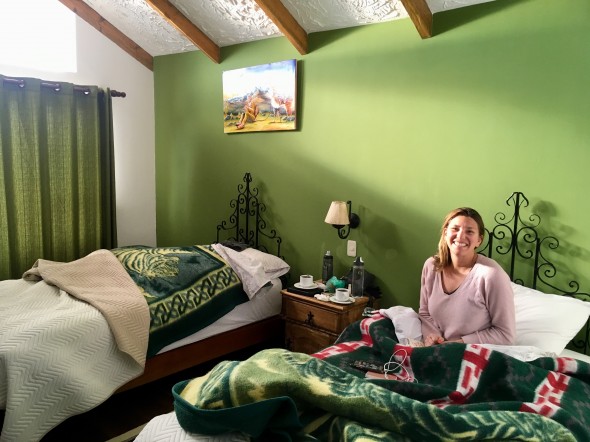
We each had a backpack and a small rolling suitcase. Carrie had wisely read some blogs before we arrived which suggested paying $3usd to rent a donkey to carry bags up the steep hillsides. I might’ve tried to obnoxiously muscle my bag up the hill but when we arrived I saw that would just be dumb. The island rises up out of the ocean-looking lake with hardly any beach and hardly any flat surfaces. Donkeys are used by locals to transport just about anything that they (the locals) don’t carry on their own backs. It’s really impressive to see people carrying large cargo of any kind (including children) wrapped up in the recognizable brightly colored swatches of fabric that are also sold all over the country. It’s the Bolivian backpack, (the bright fabric especially for women), and I was impressed. And I rented the donkey.
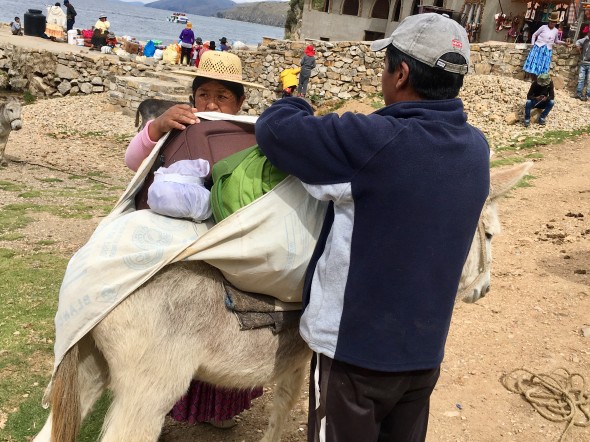
We did some hiking on trails that are literally the narrow dirt roads locals use for getting everywhere on the island. There are several small communities scattered over the island, and a few of them on the north side aren’t allowing tourists to enter the land. Our hostess explained this to me, assuring me it wasn’t dangerous but that on our walk we’d encounter a border of sorts, with a man who would let us know it was time to turn around.
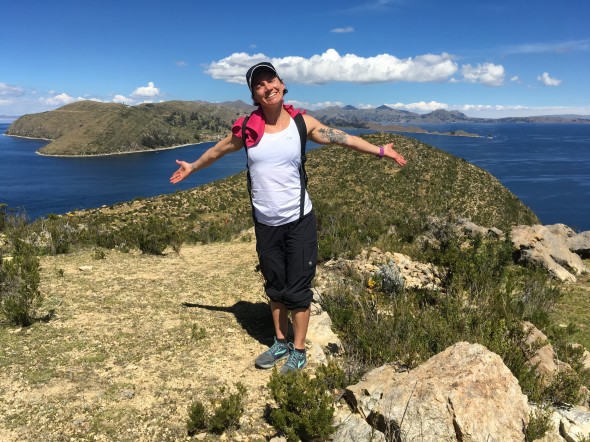
There are not many trees on the island, well at least in the areas we could go, and the sun at 14,000 feet is intense so sunscreen, hats and sunglasses are very necessary…for us tourists. I didn’t see any locals using any of these things, but I also saw some very, very weathered-looking people. Some older people who I am certain are not as old in years as their skin and bodies appear. And lots of poor oral health. There is a very regular practice in Bolivia of chewing coca leaves on a regular basis. The smallish green leaves of the coca plant (they look kind of like bay leaves to me) have natural properties which can physiologically help deal with the high altitude. For tourists who are experiencing any kind of altitude sickness, the lobbies of most hotels and hostels provide coca tea or simply the leaves to chew on. I found this short blogpost about ”chewing” coca leaves interesting and it aligned with info that our Salar de Uyuni guide had also told us.
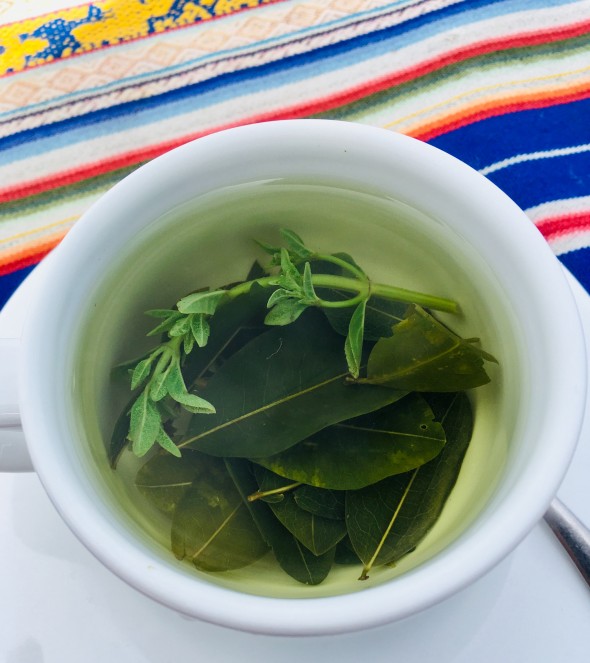
The locals (I assume men and women, but I’ve noticed it most with men) chew the leaves all the time. They are obviously accustomed to the altitude, but the properties of the leaves also suppress appetite, and increase circulation and alertness. Workers from whom are required long and physically-demanding hours chew the leaves all day for the aforementioned reasons. I don’t know how “the effect” feels, but I think I can liken it to tobacco and I am sure it’s pretty addictive. I saw many men with a wad in the side of their cheek. I didn’t witness much spitting and I didn’t ask about it. But I can assume this very common practice leads to some very poor oral health. Many adults have terrible-looking teeth. Some you don’t notice because they don’t really smile a lot. This is cultural, not out of rudeness or embarrassment. Maybe some of the teeth issues also come from poor nutrition throughout their lives.
Commence long travel day: we returned to La Paz via the public boat (gracias, burros, for bringing our bags down), waited a couple hours for a big bus to take us 4 hours back to La Paz. Then a taxi for just under an hour in rush-hour traffic.
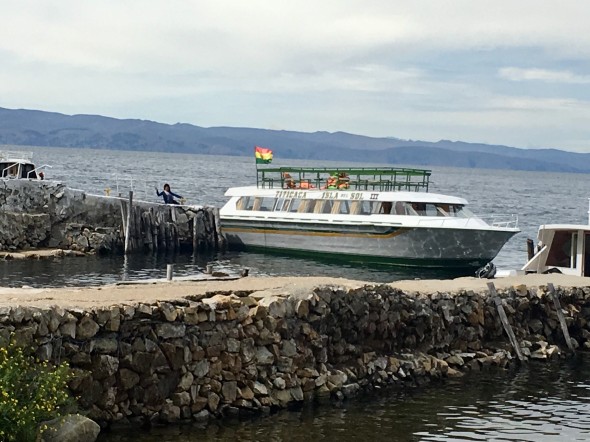
We rewarded ourselves with a dinner at a nice hotel (La Casa Grande) restaurant , the very first place we had stayed over a week ago, & where Carrie had left her headphones…but it gave us an excuse to go back and take advantage of their lovely setting once more before having to say goodbye! Our taxi dropped me at a basic hostel where I would toss and turn for 5 hours before my flight, and Carrie went bravely straight to the airport to continue one of the longest travel days ever with 3 legs of flights before she would arrive home in Denver. What a friend!
Some observations I want to note which I‘ve been learning and re-learning:
Traveling solo is exciting and you can do whatever you want. Traveling with a good friend or partner is rewarding; you may have to put up with some things or compromise but the shared moments are truly priceless. When you can look over at someone and share a smile or a knowing glance, or a terrified expression like “Is this taxi driver going to kill us?” Or “holy crap I just dropped my bus ticket in the toilet at that gross bathroom…help!” Or just having someone to watch your bag, watch your back, remind you of things you should probably already know but humanly forget to stay vigilant about, share costs, help translate, and share skills…oh there are a hundred more things we can share & help each other with!
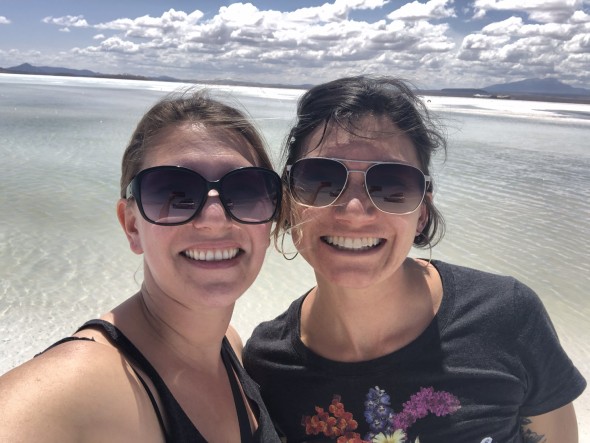
The memories that are attached which you will replay via text, emails, conversations, or photos in the coming weeks, months, and years… these are additional gifts which I can’t quite ascribe the right words to right now. I just feel happy and grateful to have just shared some travel time with a good friend.
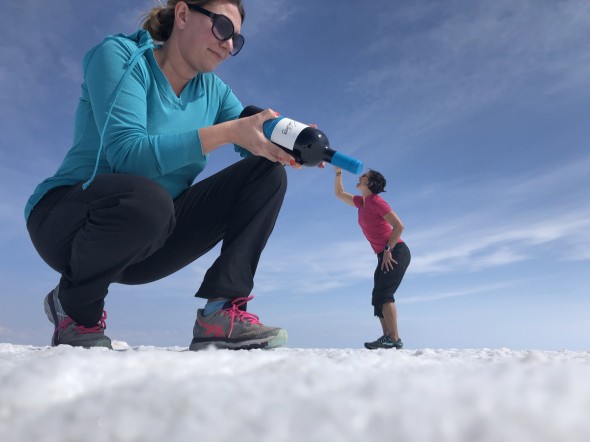
Don’t be “too” friendly but don’t forget to be friendly when you’re traveling. When we let our guards down during travel it can end with loss or danger, yet one can’t go about feeling paranoid nor super-unfriendly and have a positive experience or learn much from travel. Twice in this fairly short trip did we have the chance to help out other foreigners whose unlucky day put them into a vehicle that broke down.
Check and double-check your Carry-on luggage before you get to the airport. Items I’ve had confiscated over this past year because I forgot to make the transfer from my carry-on to my checked bag include: travel spork/knife, wine opener, two small pairs scissors, canned goods, multi-tool, pocket knife. DOH! (Dear family, here’s where you can find my Christmas list…) Besides confiscation it also wastes precious time!
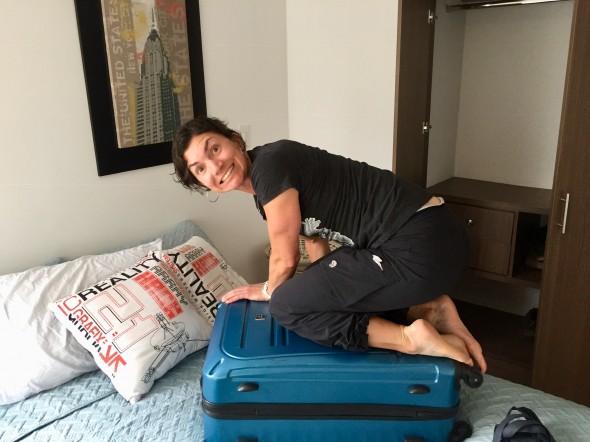
Try to say something in the local language; it can go a long way. But don’t take it personally if you don’t receive it back. And try not to judge or make assumptions about all the local people if you get a negative or impatient response. I have encountered so many people who seem to really appreciate my use of Spanish, which is half the time not completely correct. And the few that act rude or impatient with my mistakes, well, their loss for not receiving a nicer interaction. It’s just like in our own native tongue, not everyone is nice. Not everyone is in a good mood when your paths cross. People have hard lives, complications. Travel is tiring, and so is working. So is life. I am reminded daily to be patient with humanity. We’re all in this together, whether we use the same words, practice the same routines and rituals, or have the same resources. And the fact is, we don’t. So this is a reminder to myself and anyone else who happens to read this – sometimes you must swallow your desires to hurry, to have it your way (even when you’re paying with your hard-earned money), or to let the person across the counter or table (or border) have an earful. In the US, generally, we have a lot. I’m not just talking about paychecks. I see some tourists acting really entitled. It makes me mad but it also hurts my heart because of the way it portrays our nation. And these days our nation already has an unwelcoming, intolerant stigma. I just feel like saying, no matter what your political options are, can we please be better ambassadors, especially when we’re not on our own soil?
Rant. Over.
Carrie, thanks for the wonderful memories and all your generosity.
Readers, thanks for your interest and support and all the encouraging enthusiastic emails I get after each blog I post (Sorry I can’t always get back to you!)
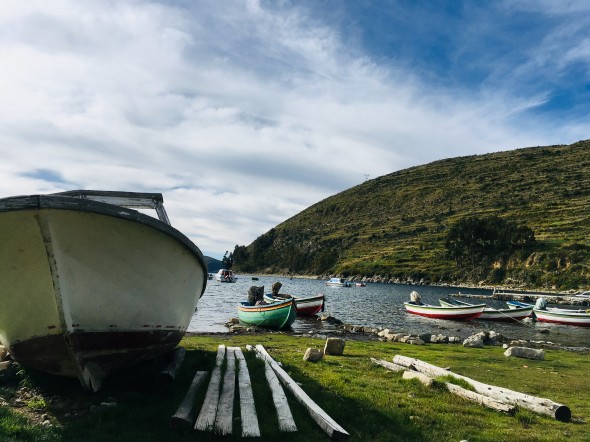
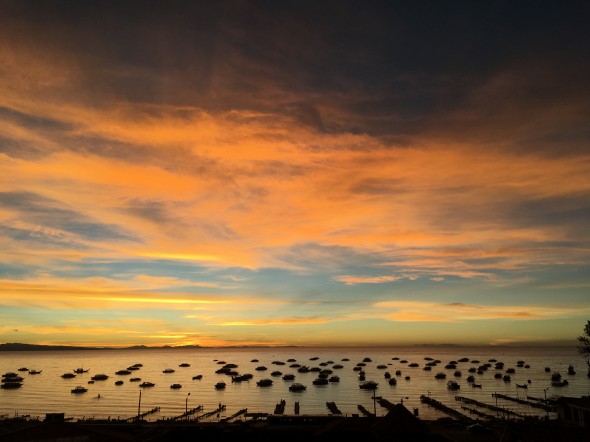
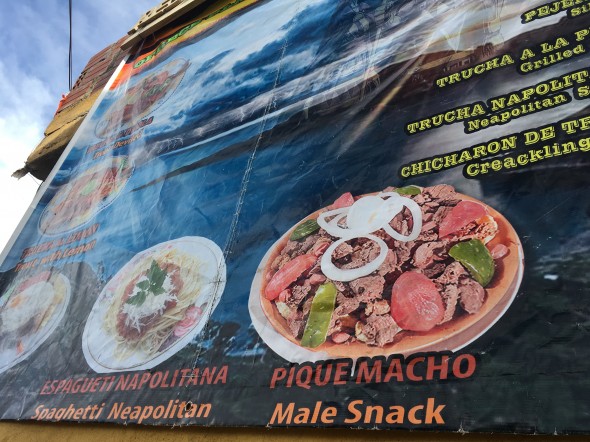
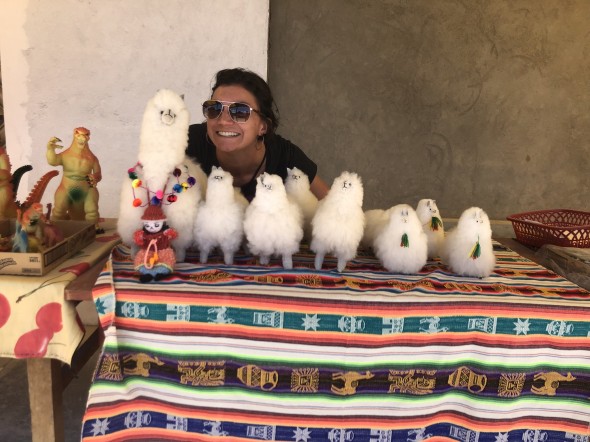
Next stop: PERUUUUUUUU
